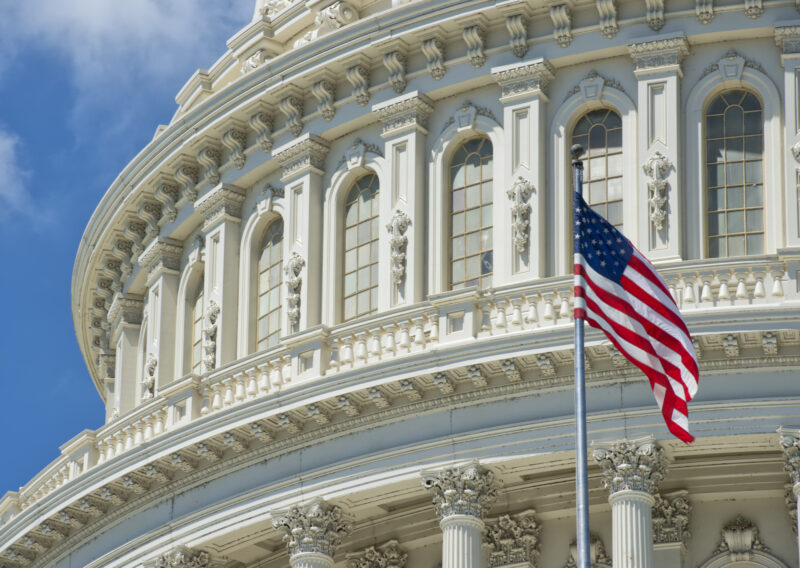As the traditional retirement option, an annuity provides a stable and regular lifetime income. You’ll know exactly how much you are due to receive each month and, aside from a potential rise in line with inflation, the amount will stay the same throughout your retirement.
In many ways, this regular income makes budgeting simple. But will your outgoings remain this regular and static throughout retirement?
The answer is likely to be “no”.
This is one reason why the combination of a traditional annuity – or the stable income of the State Pension – alongside a flexible option is so often a good choice.
Your expenditure will change throughout your retirement, possibly in line with the so-called “retirement smile”.
What is the retirement smile and why does it matter to your finances?
Keep reading to find out.
Consider your retirement spending a smile in 3 stages
1. Active years
After working for many years, and saving hard toward your pension, you might be retiring with big plans.
These initial, early years of your retirement are often thought of as the “active” years. Free from the shackles of work, and hopefully in good health, you might use the first few years of retirement to undertake large-scale projects.
You might opt to use a portion of your pension lump sum to renovate your house, or you might have spent the last few years of work planning for a world trip.
For these reasons, the active years of retirement can be expensive.
2. Middle years
As your retirement progresses, you and your spending might begin to slow down.
You might be travelling less or have finished your renovation projects. Maybe you’re looking to settle down, see the grandchildren more, or work in the garden.
The middle years don’t mean you’re no longer active, but your expenditure could decrease slightly. This becomes the middle section of our retirement smile.
3. Later years
With life expectancies rising, your retirement could last for 30, even 40 years. It makes sense that your expenditure will be different over such a long period and that your needs will change.
As you head into the later years of your retirement, you might find that you begin to need domiciliary care. This might be followed by full-time care in a nursing or residential home.
Despite the government’s social care cap – due to come into force in October 2023 – the cost of care could still be high.
A recent report confirmed that 27% of over-60s don’t know how they will pay for care, while 18% admit they haven’t planned that far ahead.
If you do need care, though, your expenditure in later life could rise rapidly, completing the retirement smile.
Factoring the smile into your plans
Think about your retirement well in advance
To put an effective retirement plan in place, you’ll need to understand what your retirement might look like. The earlier you start thinking about this, the better.
Knowing when you want to retire, the sort of lifestyle you want to live, and your immediate plans will make it easier to calculate the potential cost. Not only that but the potential impact of the retirement smile can also be factored in.
If you have plans to buy big-ticket items at retirement, these need budgeting for, and at HDA we can help you do that.
Don’t ignore the potential costs of later-life care
When the social care cap comes into force in October, it will cap the cost of care at £86,000. However, this cap will only apply to the care itself and not to additional costs such as rent, food, or utilities.
Those with assets below £20,000 won’t pay for care, while those with assets between £20,000 and £100,000 could receive help from local authorities. If you have assets exceeding £100,000 you will pay for all of your care until your assets fall below this limit.
We can help you think about how you might afford this extra expenditure as the smile curve rises in later life.
You might hold back pensions to use if needed. Or opt for downsizing or equity release to access money tied up in your home.
Figures published recently by Financial Planning Today confirm that 30% of over-60s don’t expect to pay for care, while 13% expect the government to pay. It’s vital that you understand this won’t necessarily be the case and put contingencies in place.
If you can save in the middle years of retirement, be sure you do
Your retirement plan is designed to provide you with your chosen lifestyle throughout the whole of your retirement.
If you have big plans for world travel or helping loved ones, you must do these things. But remember, in the same way that your outgoings won’t be regular, neither will your income nor saving.
Whether it’s a sudden inheritance, a quiet period of low expenditure, or the proceeds of a house sale, when you’re in the middle years – the central dip in the smile – remember that your outgoings could rise again.
Get in touch
If you’re worried about the retirement smile and its effect on your long-term retirement plans, speak to us now. We can factor all of your income streams, and all potentialities through the decades of your retirement, into the plan we put in place for you.
Please get in touch via email at enquiries@hda-ifa.co.uk or call 01242 514563.
Please note
A pension is a long-term investment. The fund value may fluctuate and can go down, which would have an impact on the level of pension benefits available. Your pension income could also be affected by the interest rates at the time you take your benefits. The tax implications of pension withdrawals will be based on your individual circumstances, tax legislation and regulation, which are subject to change in the future.
Equity Release will reduce the value of your estate and can affect your eligibility for means-tested benefits.




